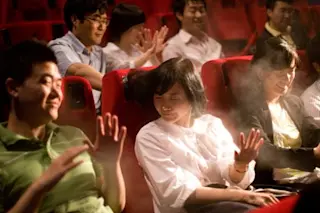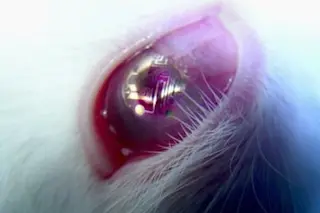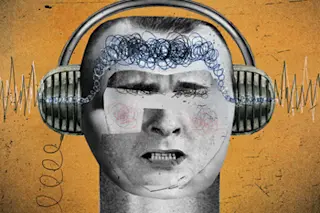Credit: CJ E&M Public worries over the MERS virus outbreak in South Korea didn't stop young couples from packing into a Seoul movie theater to catch "Jurassic World," the latest film in the 15-year-old Hollywood franchise about scientists resurrecting extinct dinosaurs. Each moviegoer paid the equivalent of about $16 for the privilege of seeing the film in "4D" — an experience that aims to transform traditional moviegoing into an amusement park ride complete with 3D glasses, shaking chairs and occasional jets of air or water squirting people's faces. The 4D movie concept has proven popular enough to spread well beyond South Korea and even to reach U.S. shores, but halfhearted attempts to retrofit traditional films with 4D effects may limit the storytelling format's potential in the long run. The 4D technology itself is nothing new. Amusement parks such as Disneyland and Universal Studios have featured 4D ride experiences in specialized ...
Why Most 4D Movies Fail at Immersion
Discover the limitations and excitement of the 4D movie experience, blending film with theme park thrills in a unique way.
More on Discover
Stay Curious
SubscribeTo The Magazine
Save up to 40% off the cover price when you subscribe to Discover magazine.
Subscribe





